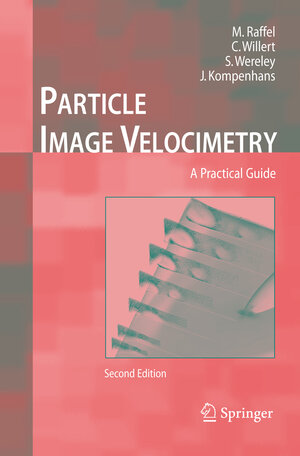
×
![Buchcover ISBN 9783540723080]()
From the reviews of the second edition:
„This second edition of a text first published in 1998 represents a comprehensive reference written by noted experts in the field on the particle image velocimetry (PIV) technique. … Particle Image Velocimetry … represents the most comprehensive reference on the PIV technique to date. … the second edition of this book will undoubted serve the PIV community, novice and advanced users … .“ (Kenneth T. Christensen, AIAA Journal, Vol. 46 (11), November, 2008)
Particle Image Velocimetry
A Practical Guide
von Markus Raffel, Christian E. Willert, Steven T. Wereley und Jürgen KompenhansThe development of Particle Image Velocimetry (PIV), a measurement technique, which allows for capturing velocity information of whole ? ow ? elds in fractions of a second, has begun in the eighties of the last century. In 1998, when this book has been published ? rstly, the PIV technique emerged from laboratories to applications in fundamental and industrial research, in par- lel to the transition from photo-graphicalto video recording techniques. Thus this book, whose objective was and is to serve as a practical guide to the PIV technique, found strong interest within the increasing group of users. The early progress made with the PIV technique might best be char- terized by the experience gained during our aerodynamic research at DLR (Deutsches Zentrum fur ¨ Luft- und Raumfahrt) at that time. The ? rst app- cations of PIV outside the laboratory, in wind tunnels, as performed in the mid-eighties were characterized by the following time scales: time required to set up the system and to obtain well focused photo-graphical PIV recordings was 2 to 3 days, time required to process the ? lm was 0. 5 to 1 day, time - quired to evaluate a single photo-graphicalPIV recording by means of optical evaluation methods was 24 to 48 hours. When the ? rst edition of this book was published in 1998, with electronic cameras and computers, it was pos- ble to focus on-line, to capture several recordings per second, and to evaluate a digital recording within seconds.



